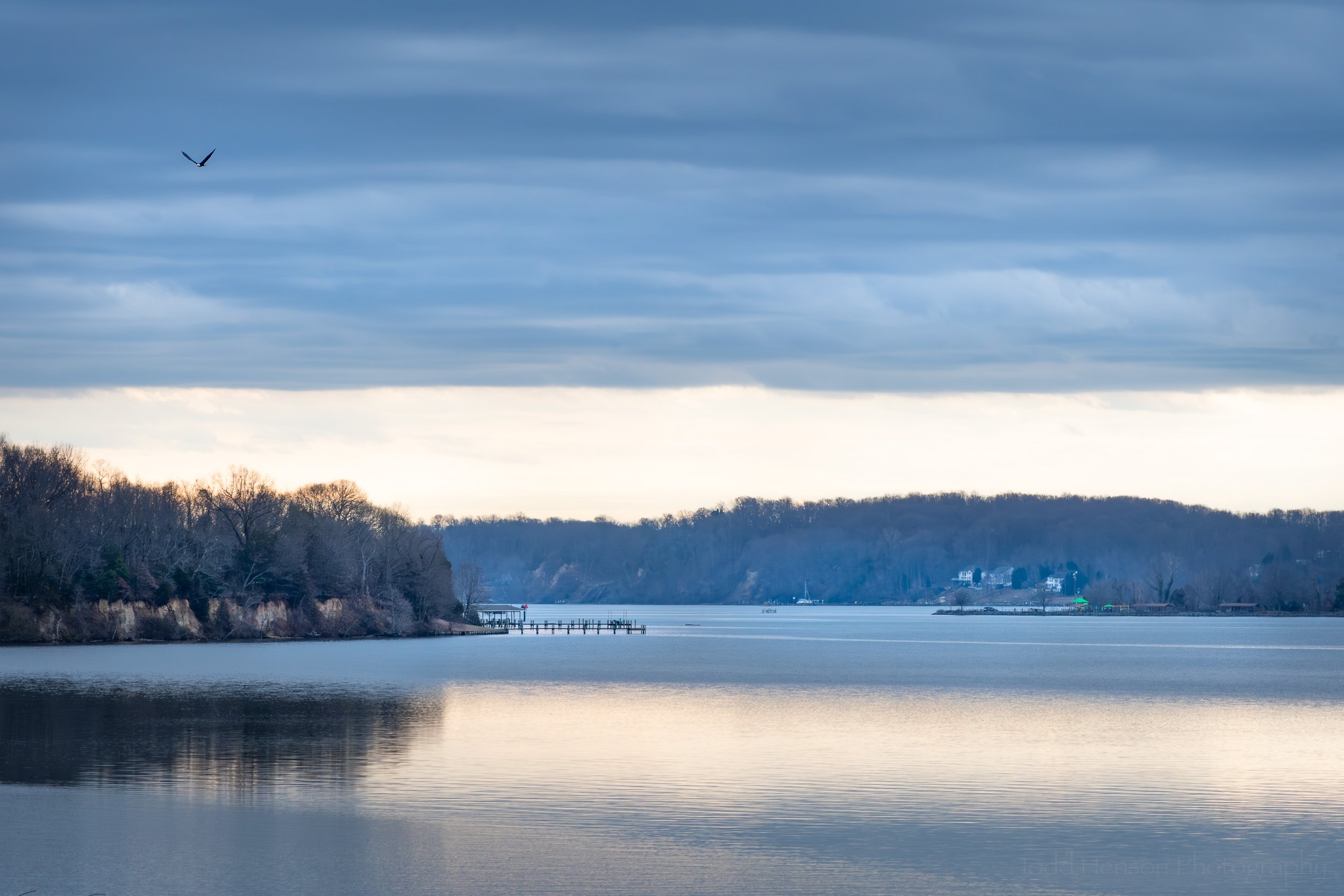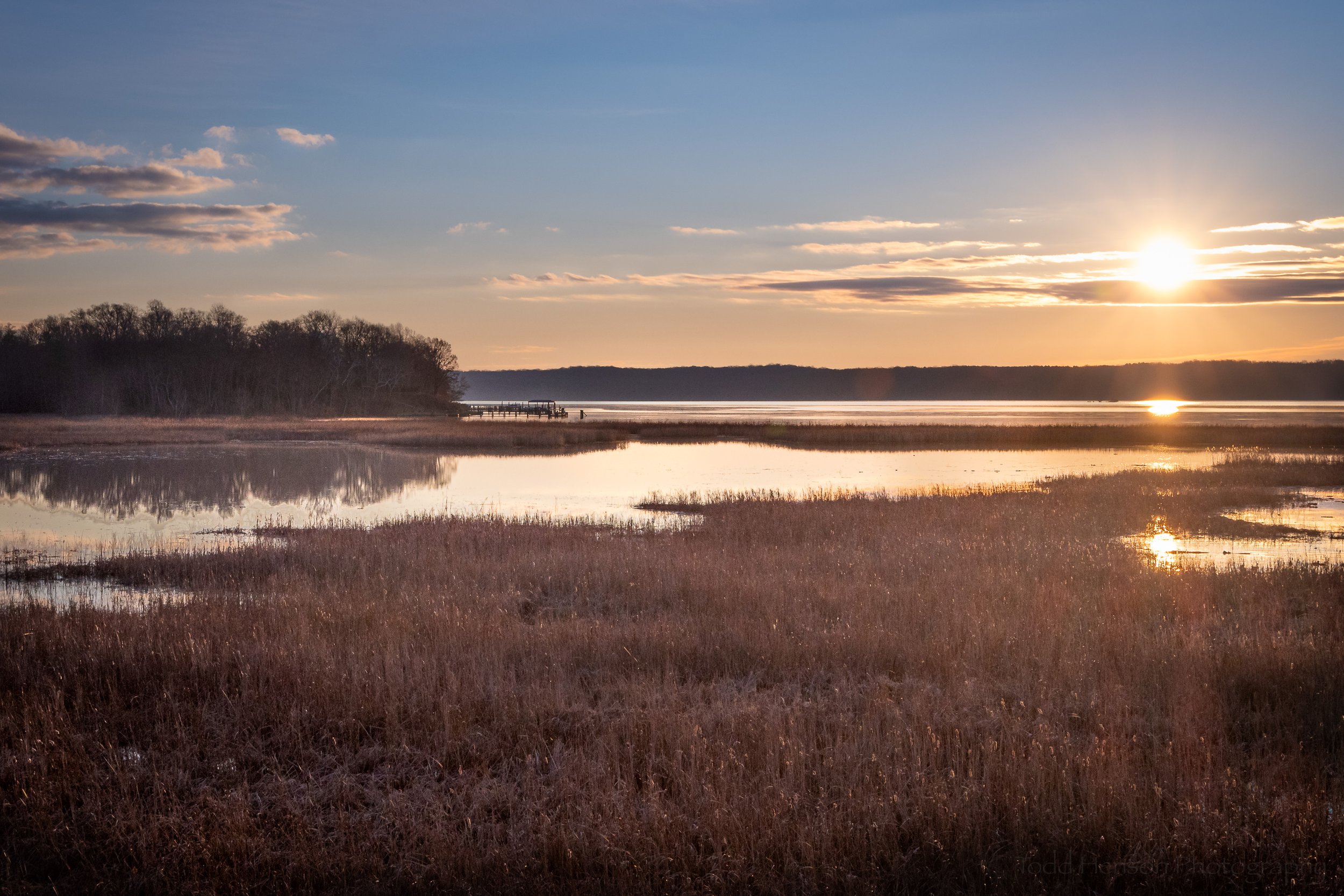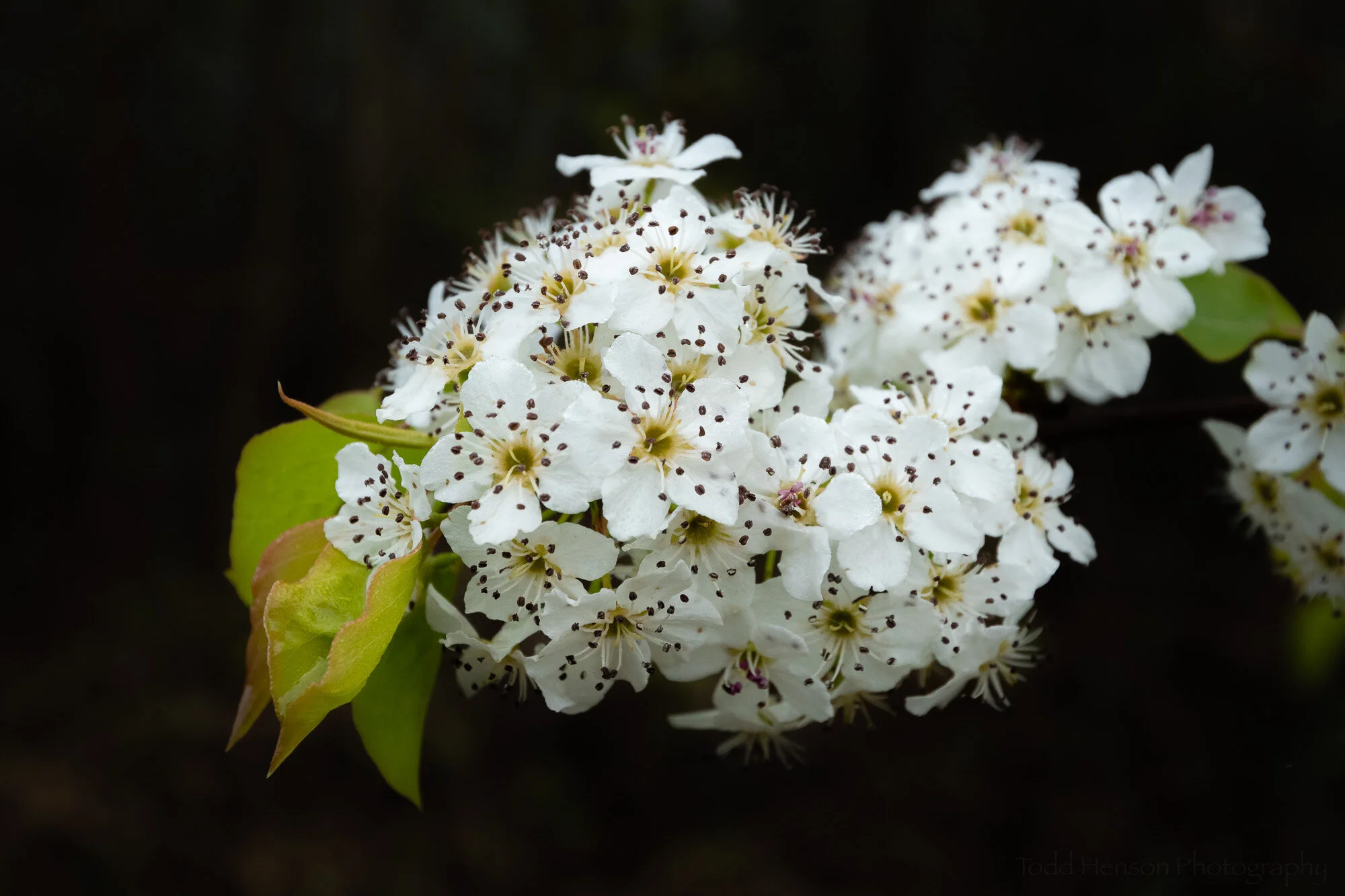A 4 scene action sequence panorama. This is the equivalent of an 11 megapixel image.
After watching and photographing world class kayakers paddling Great Falls on the Potomac River I wondered if I could assemble any of the images I’d created into a single action sequence image, showing the athlete at various positions all in the same photograph. I hadn’t exactly shot with this end goal in mind, so I wasn’t sure if it would work.
If I had planned for it I might have used a wider angle lens and locked the camera down on the tripod. I would have used a small enough aperture to capture the entire course in focus. Then I would have simply clicked the shutter every so often as the athlete maneuvered downriver. I could have merged these into a single image in Photoshop with minimal difficulty because each image would be of the same part of the scene and the only change from image to image would be the moving subject.
But I didn’t plan ahead this time. I didn’t use a wide angle lens. And I didn’t lock my camera down on the tripod. I used a long telephoto with a large aperture and panned with the kayak. This meant I wasn’t going to create the standard sort of action sequence, but instead an action sequence panorama, where the camera moves between images.
The images below were used to create the stitched action sequence panorama above:
George Lepp wrote a great article about this in 2011 at Outdoor Photographer magazine. Unfortunately the article is no longer freely available online, but in it he shows how to create panoramas with the subject moving parallel to him such that the depth of field remains consistent so he can use large apertures and still easily merge the photos in Photoshop.
A 5 scene action sequence panorama. This is the equivalent of a 19 megapixel image.
Unfortunately, in my case the subject was moving towards me. This caused problems with depth of field when stitching the photos together. The shallow depth of field shifted towards me as I followed the kayaker. I think there are likely ways to make this work in Photoshop.
An 8 scene action sequence panorama. This is the equivalent of a 37 megapixel image.
Another issue I ran into due to my lack of planning was not knowing if I had enough of the course captured in the images to create a larger multi-frame panorama of the scene. And as it turned out, in at least one of these sequences I hadn’t captured enough. So I tried using Photoshop’s Content Aware features to manufacture the missing pieces. It did a reasonable job in some cases and a not-so-reasonable job in others. But I present them all here for you to see. It gives an idea of some of the capabilities and limitations of that tool. I do believe a more skilled user could make better use of these features, so I keep practicing and learning. I encourage you to do the same.
One feature, or side effect, of creating stitched panorama images, wether they be standard stitched panos or these action sequence panos, is a potential increase in the size of the image. Stitching many photos together can increase the total number of pixels in the image, even when overlapping images to assist the software during the stitching process. These were all shot with an 11 megapixel camera, and you can see in the descriptions the end results varied from 11 to 37 megapixels. More megapixels can be good if you want to create a large print, or it can be bad if you’re limited in hard drive space and computer processing power. But it’s important to realize doing this can result in some very large image files.
A 10 scene action sequence panorama. I didn’t capture enough of the scene to correctly create the final image.
Because I was missing parts of the scene I attempted to use Photoshop to “create” the missing parts. This shows both good and bad examples of Photoshop’s Content Aware Fill feature. This is equivalent to a 26 megapixel image.
Have you ever attempted action sequence panoramas? If not, give them a try, and let me know about your experiences.
Do you enjoy these posts?
Sign up to receive periodic emails with updates and thoughts. Don’t worry, I won’t spam you. And please consider purchasing artwork or products from my online store, and using my affiliate links in the sidebar to the right when shopping online.
I appreciate your support!





























